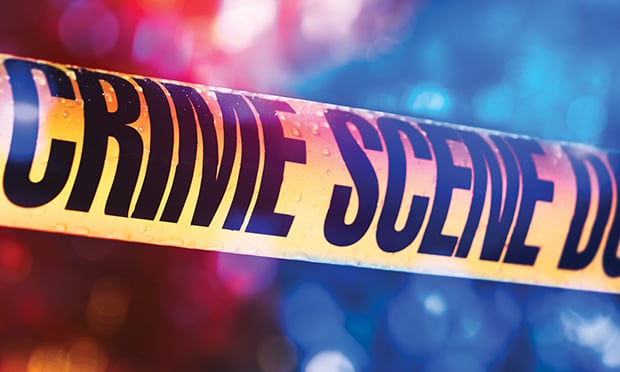 Knowledge is power, and the more insurers and adjusters understand about the forensic restoration process, the less likely they will be to accept and pay the inflated invoices provided for less than professional work by some vendors. (Credit: fergregory/stock.adobe.com)
Knowledge is power, and the more insurers and adjusters understand about the forensic restoration process, the less likely they will be to accept and pay the inflated invoices provided for less than professional work by some vendors. (Credit: fergregory/stock.adobe.com)
Editor's Note: This is the second installment of a two-part series. Review part one of this series here.
Recommended For You
Want to continue reading?
Become a Free PropertyCasualty360 Digital Reader
Your access to unlimited PropertyCasualty360 content isn’t changing.
Once you are an ALM digital member, you’ll receive:
- Breaking insurance news and analysis, on-site and via our newsletters and custom alerts
- Weekly Insurance Speak podcast featuring exclusive interviews with industry leaders
- Educational webcasts, white papers, and ebooks from industry thought leaders
- Critical converage of the employee benefits and financial advisory markets on our other ALM sites, BenefitsPRO and ThinkAdvisor
Already have an account? Sign In Now
© Touchpoint Markets, All Rights Reserved. Request academic re-use from www.copyright.com. All other uses, submit a request to [email protected]. For more inforrmation visit Asset & Logo Licensing.







